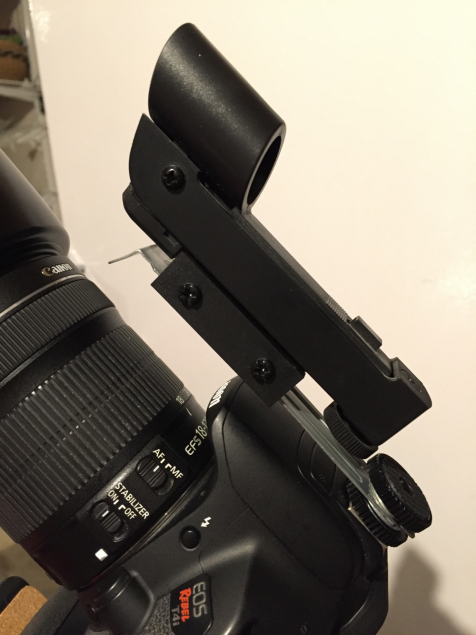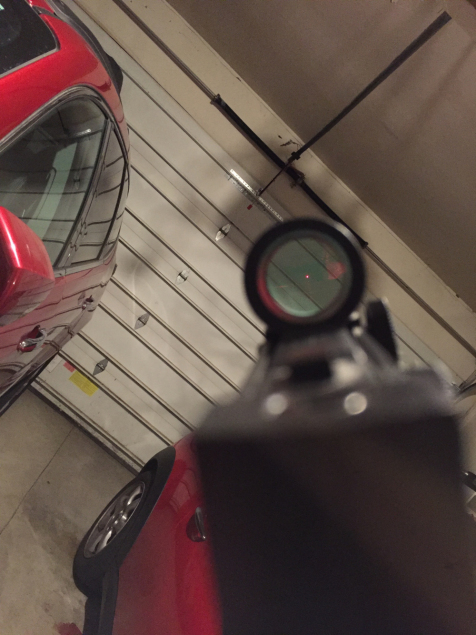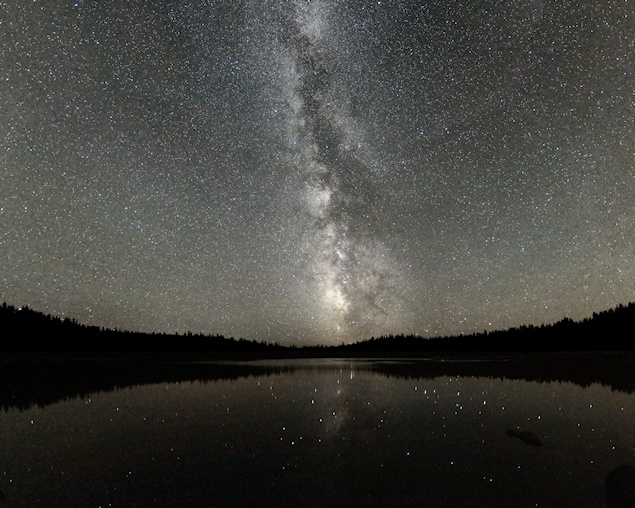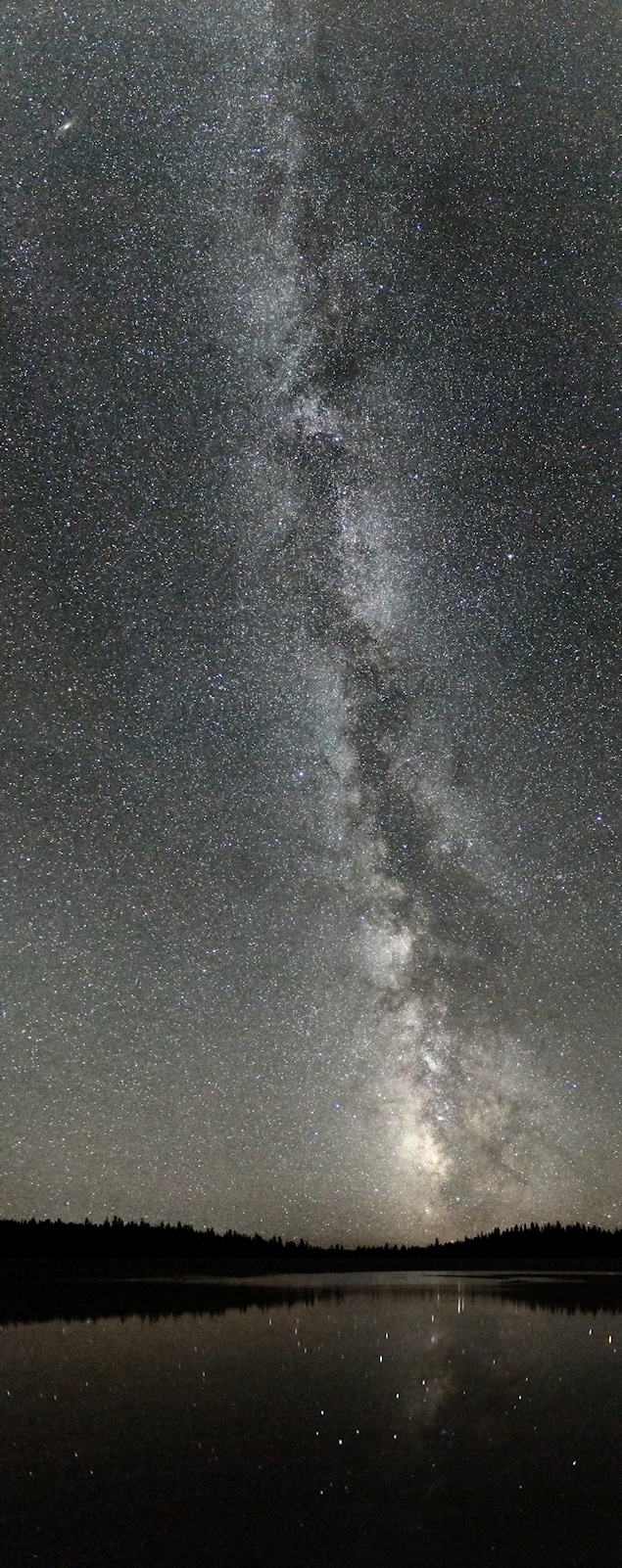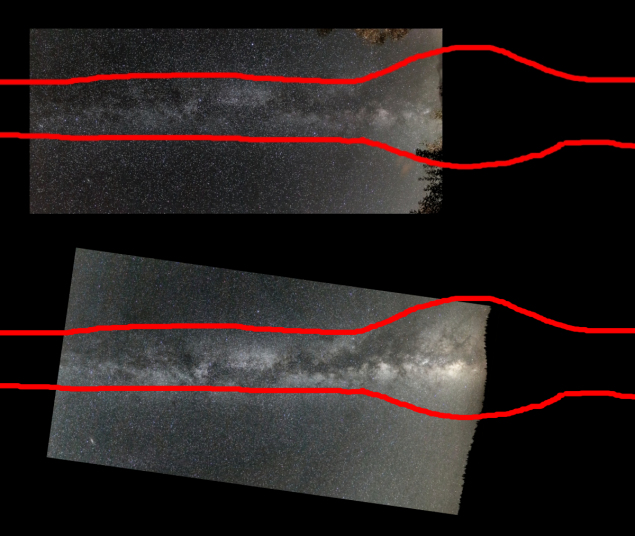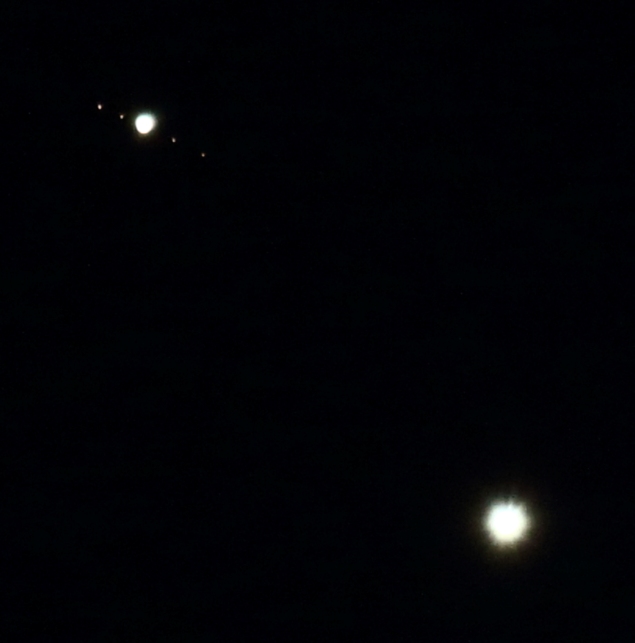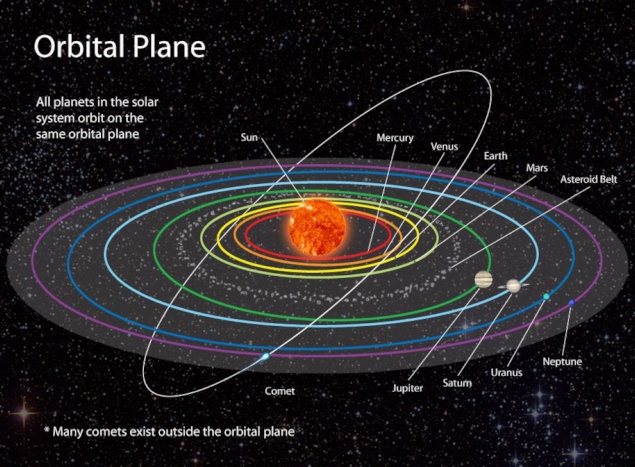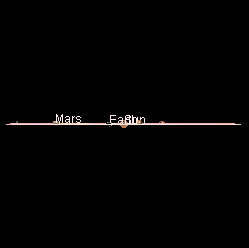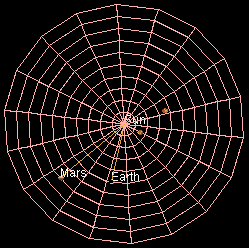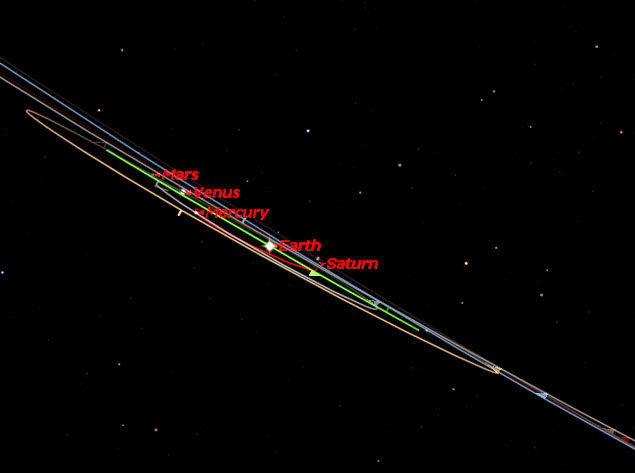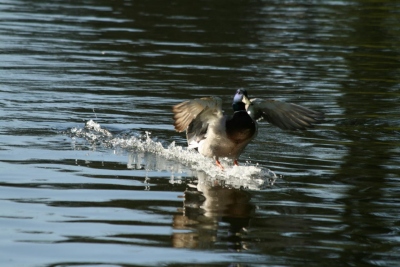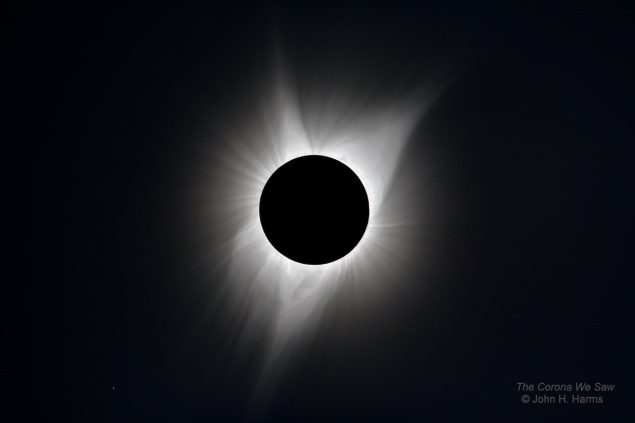
For the 2017 eclipse, I resolved to do better. Armed with my Canon DSLR and a rented 400mm Canon L-series lens, I planned to capture an image that better conveys what we see with our eyes when we gaze up at the eclipsed Sun. During totality, I shot 12 different exposures, ranging from 1/4000 sec to 1/2 sec (ISO 200, f/11).
Readers of this blog can probably predict the next step: HDR to blend multiple exposures into one image. As you may know, HDR processing can be an art form by itself, with many virtual switches and knobs that control the final result. I declined the temptation to show things that could not be easily seen with the naked eye, like earthshine on the Moon's face as seen in several other HDR photos out there.
My goal was to convey, as much as I could, the incredible grandeur of what I remembered seeing with my own eyes when I gazed upward that summer day in 2017 -- from the inner corona’s structure to the gossamer filaments streaming out from the Sun’s north and south poles. The result is the photo at the top of this blog entry.
While I was there, I also captured other aspects of the 2017 eclipse, like solar flares, Baily’s Beads, the diamond ring, etc.
It’s all here in my Flickr album.
There are also a couple of videos on my YouTube channel that you might enjoy:
- Experiencing Totality in the 2017 Solar Eclipse - This is worth watching, if only to hear people’s reaction to the arrival of totality. A picture-in-picture inset shows what they were seeing at the time.
- Total Solar Eclipse in 6 Minutes From 6 Cameras - A fun telephoto timelapse of the whole event, followed by the views from 5 different wide-angle cameras -- the last one with a disappearing mountain.
The good news is that there is another total eclipse viewing opportunity coming soon. On April 8, 2024, there will be another North American total solar eclipse. Seeing it in person may involve creative logistics, but I have never heard anyone express regret after seeing a total eclipse, even with travel. In fact, the most frequent comment I’ve heard was some version of, “Wow, I had no idea it would be that beautiful! When/where is the next one?”
Only 7 months to go; it's time to start planning your travel arrangements for the total solar eclipse of April 8, 2024!

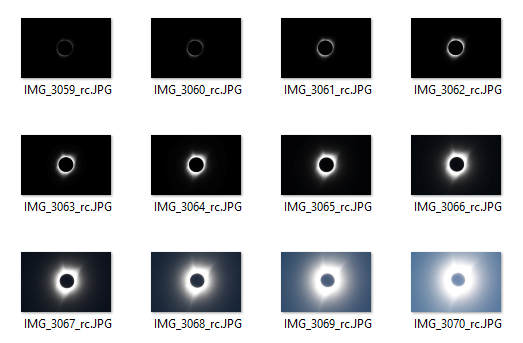
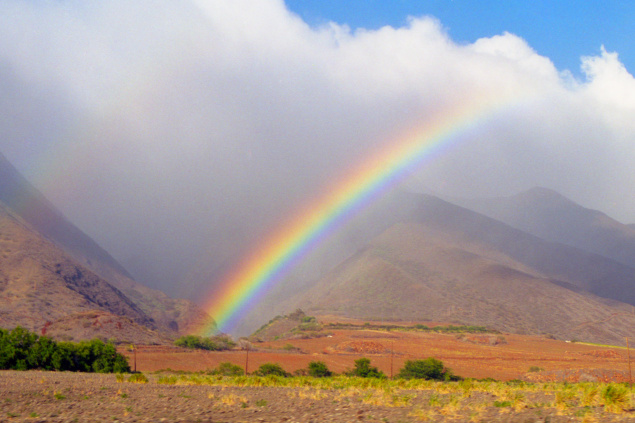

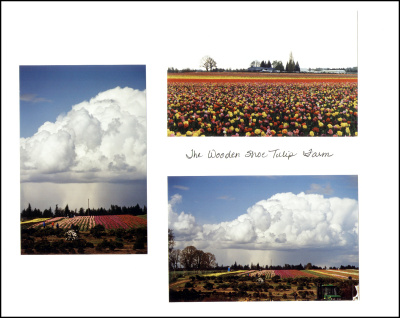
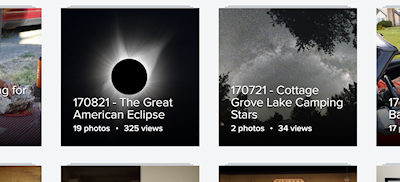
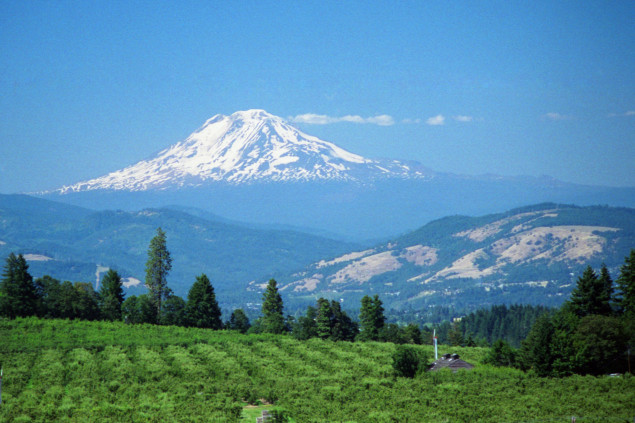
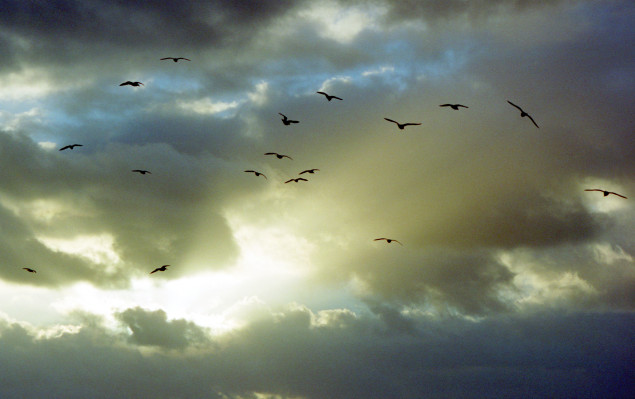
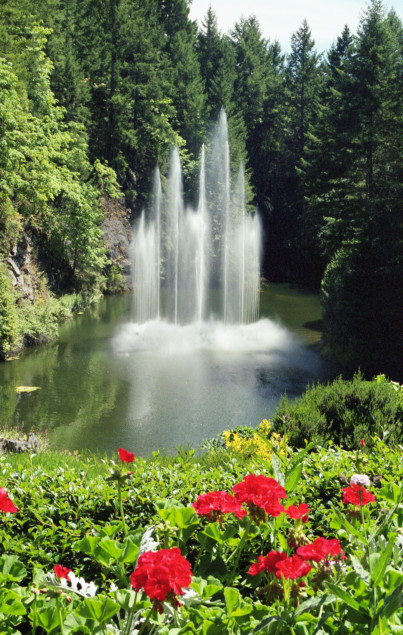


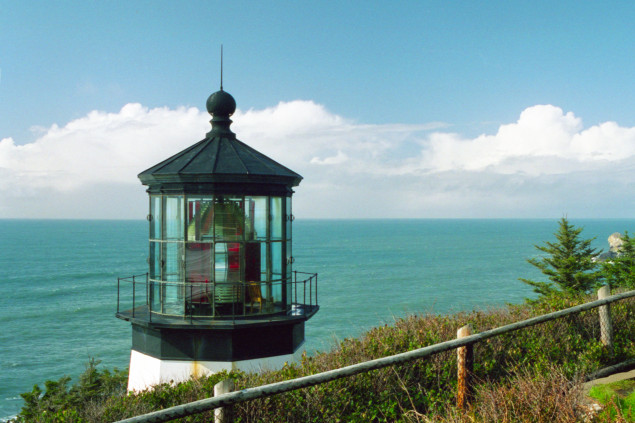
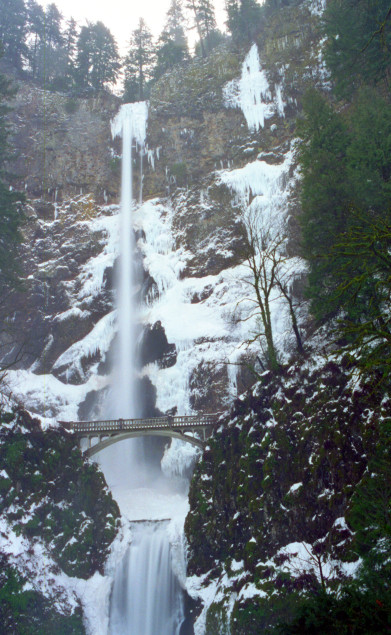
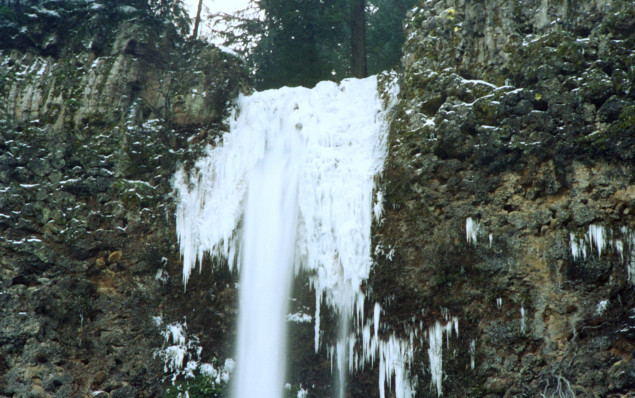
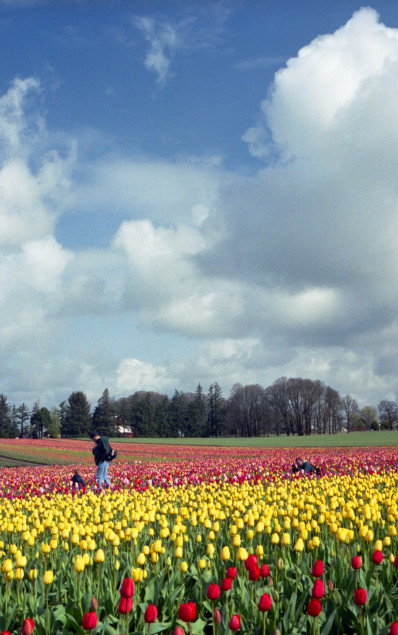
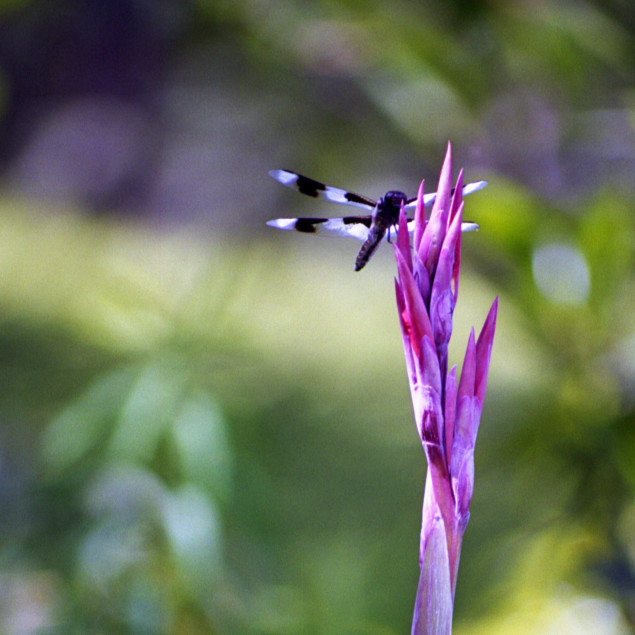
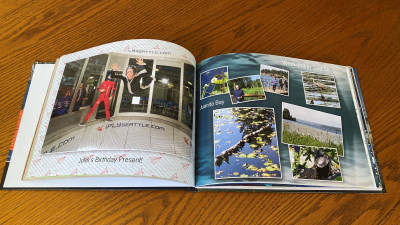
_sml.jpg)
_sml.jpg)

